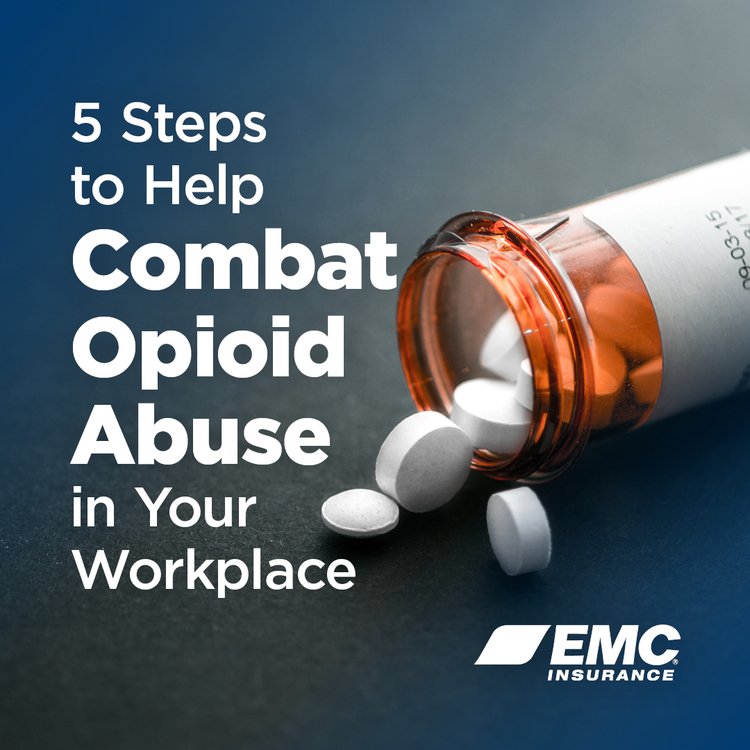When used correctly, prescription medication is an essential part of a benefits package. But opioid medications increase the risk of injuries:

The National Safety Council reported in January that, for the first time on record, the odds of dying from an unintentional opioid overdose in a given lifetime (1 in 96) are greater than the lifetime odds of dying in a motor vehicle-related crash (1 in 103).
Although this may seem shocking, opioid overdoses have been at an epidemic level in the United States for years. In fact, drug poisoning now is the No. 1 cause of unintentional death. “Every day, more than 100 people die from opioid drugs – 37,814 people every year – and many of these overdoses are from prescription opioid medicine,” NSC states.
A workplace problem
When used correctly, prescription medication is an essential part of an employee health care benefits package. However, NSC notes, opioid medications are powerful, highly addictive, and increase the risk of workplace incidents and injuries – even when used as prescribed. “Prescription painkillers also profoundly increase workers’ compensation costs, increase the length of worker disability and increase work time lost,” the council adds.
What can employers do?
Less commonly known is that non-opioids have been shown to be as effective as opioid medications for pain, NSC states, adding that “employers should understand and insist upon conservative prescribing guidelines for pain treatment for all participating providers in their medical, workers’ comp and occupational health programs.”
NSC recommends workplaces follow these steps to help combat opioid abuse at work:
- Establish a clear, written policy on prescription medication. For example, your policy may stipulate that it’s a violation for workers to use, possess, sell, trade or offer for sale alcohol, illegal drugs or intoxicants. NSC recommends consulting with your organization’s legal team to ensure all federal and state-specific guidelines are reflected in your policy.
- Educate workers. Although the doctor-patient relationship is confidential, employees should be encouraged to discuss concerns with their employers about taking prescribed opioid painkillers. “Employees then should work with their prescriber to determine if a non-opioid prescription can be used,” NSC states.
- Train supervisors. It’s crucial that managers stay current on their workplace’s policies for prescription drug use and understand signs of impairment in their workers.
- Offer an employee assistance program. “Promoting drug-free workplace initiatives increases employee use of these resources,” the council notes, adding that supervisors should feel comfortable advocating EAPs.
- Consider drug testing. Drug-testing programs must address nonmedical drug and prescription drug abuse in the workplace, according to NSC. Although most employees use prescription medications correctly, some do not.
